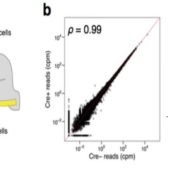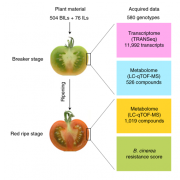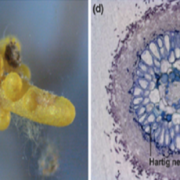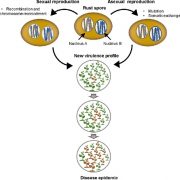Transposable elements contribute to dynamic genome content in maize (bioRxiv)
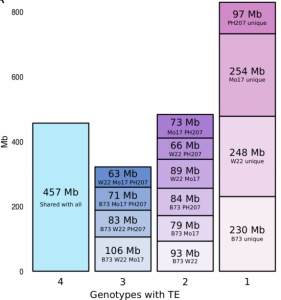 Transposable elements (TE) constitute a large percentage of the maize genome. However, traditional studies based on reference genome alignment can result in large fragments that cannot be aligned, which could be due to TE insertions. The de novo assembly of four representative maize inbreds, B73, W22, Mo17 and PH207, provides an opportunity to compare TEs across genotypes within-species. Using a novel TE comparison method, Anderson et al. found that each species owned around 15% to 25% unique TE. Incorporation of more subspecies genome assemblies, if possible, could facilitate the identification of more variable TEs. Further investigation showed that more than 2,000 genes are overlapped with TEs. This study provides an explanation of the genomic and phenotypic variation among subspecies in maize. (Summary by Zhikai Liang) bioRxiv: 10.1101/547398
Transposable elements (TE) constitute a large percentage of the maize genome. However, traditional studies based on reference genome alignment can result in large fragments that cannot be aligned, which could be due to TE insertions. The de novo assembly of four representative maize inbreds, B73, W22, Mo17 and PH207, provides an opportunity to compare TEs across genotypes within-species. Using a novel TE comparison method, Anderson et al. found that each species owned around 15% to 25% unique TE. Incorporation of more subspecies genome assemblies, if possible, could facilitate the identification of more variable TEs. Further investigation showed that more than 2,000 genes are overlapped with TEs. This study provides an explanation of the genomic and phenotypic variation among subspecies in maize. (Summary by Zhikai Liang) bioRxiv: 10.1101/547398


